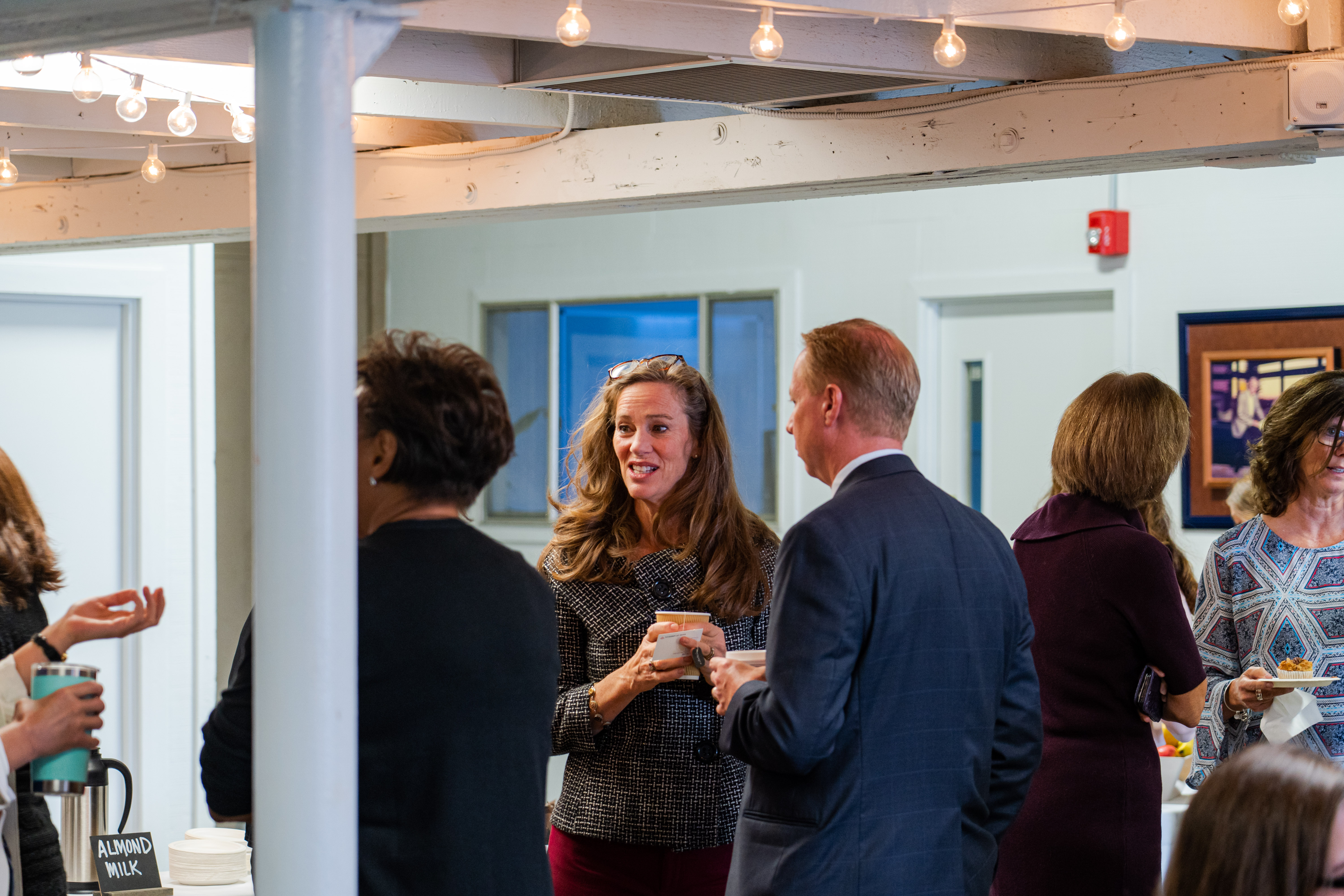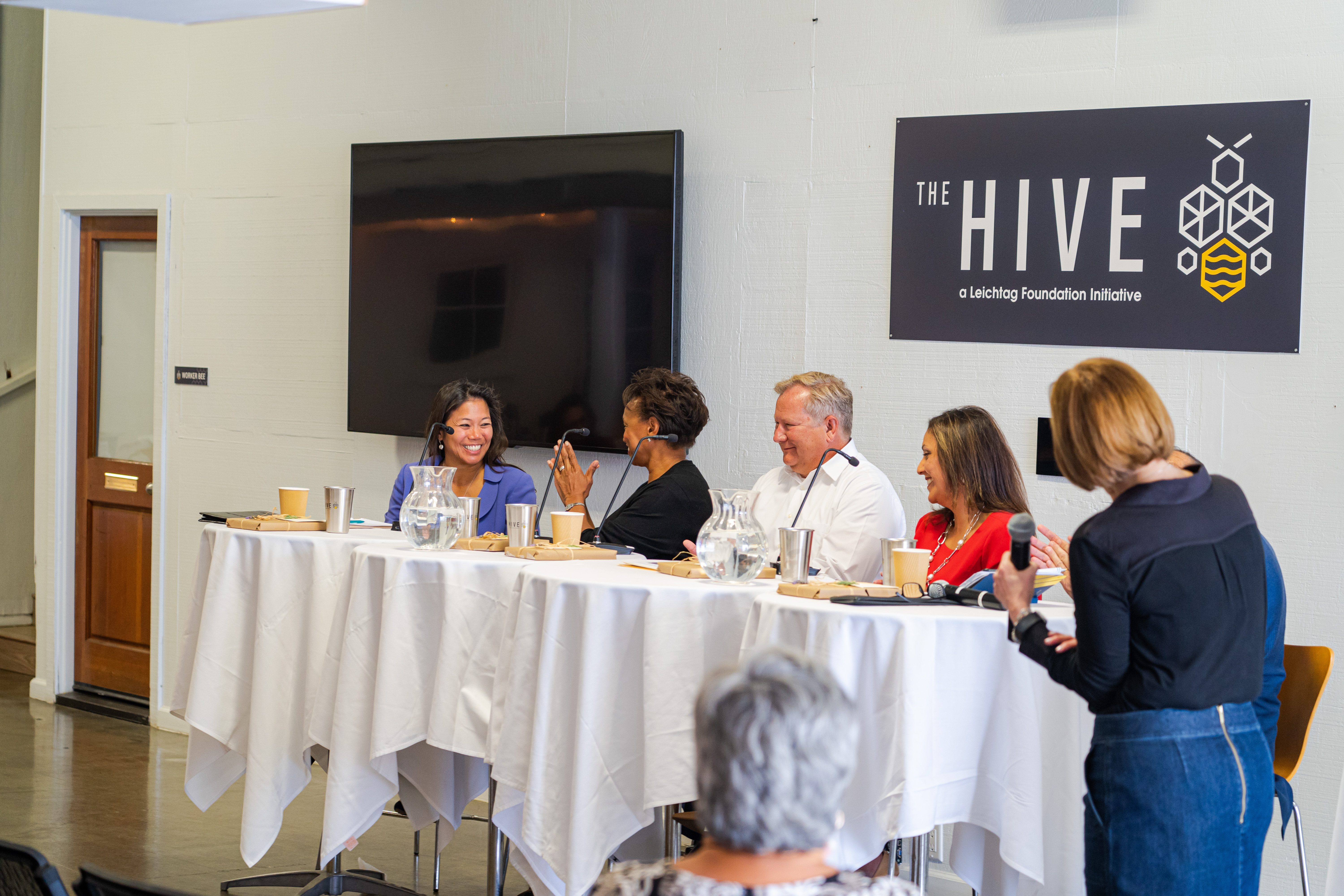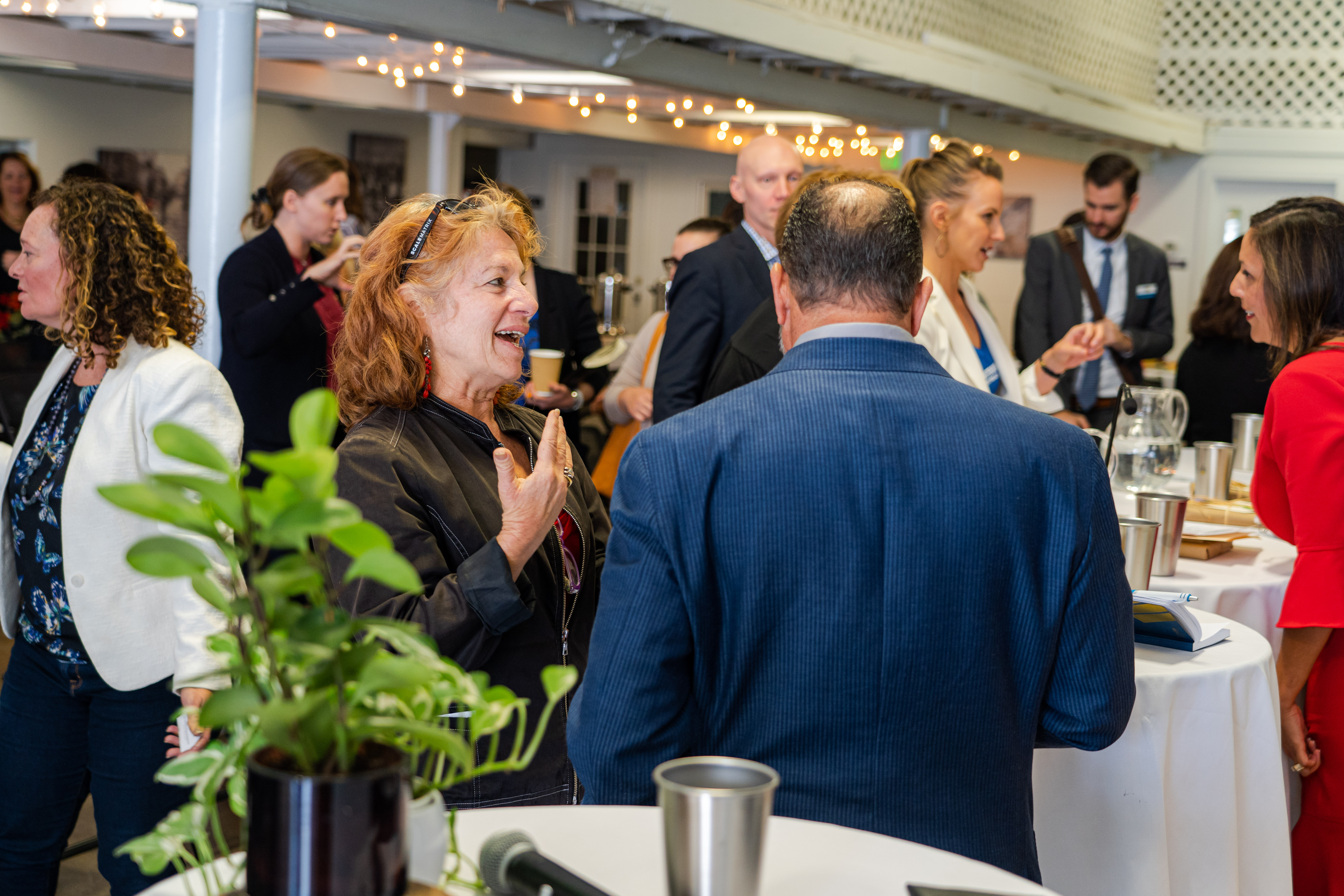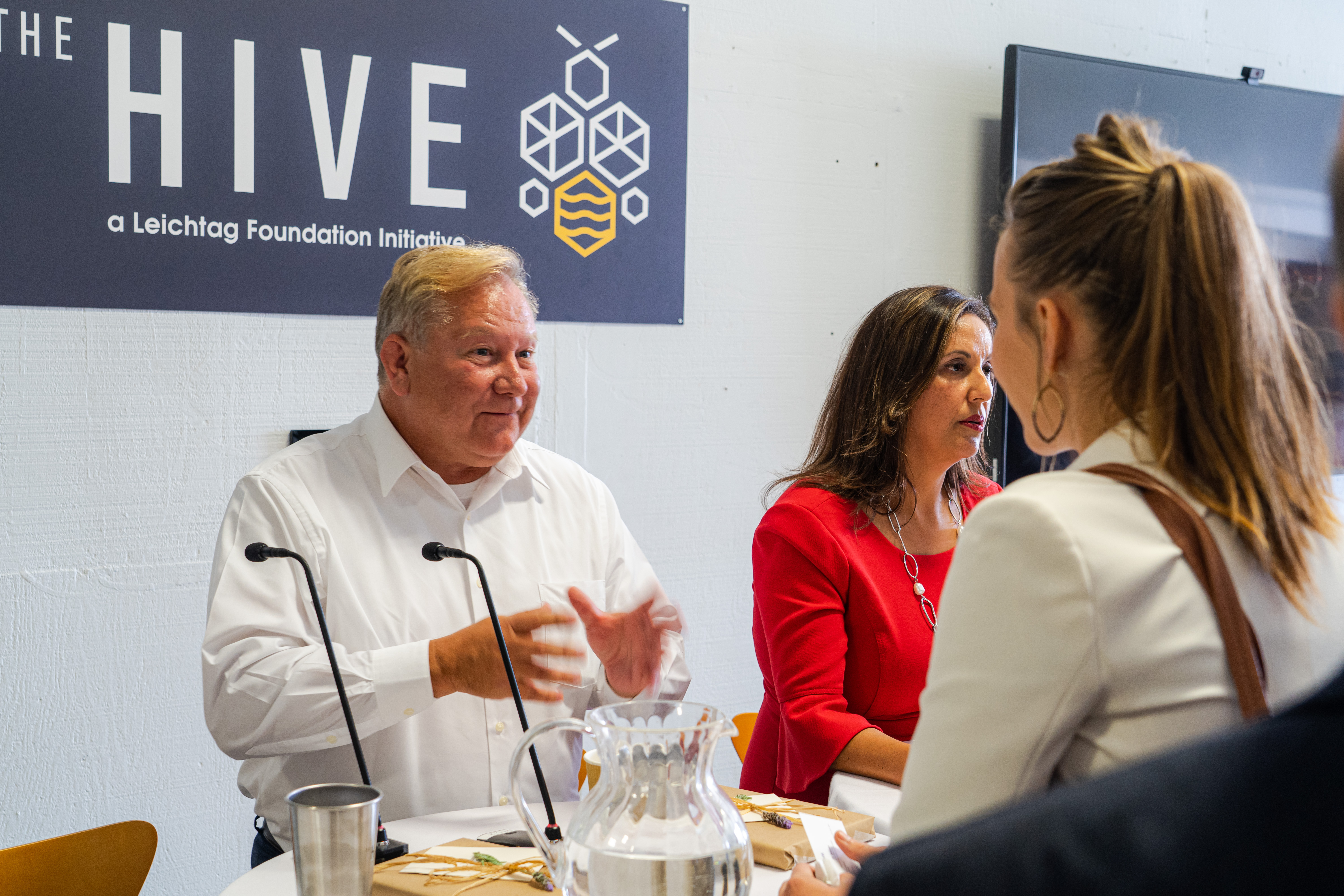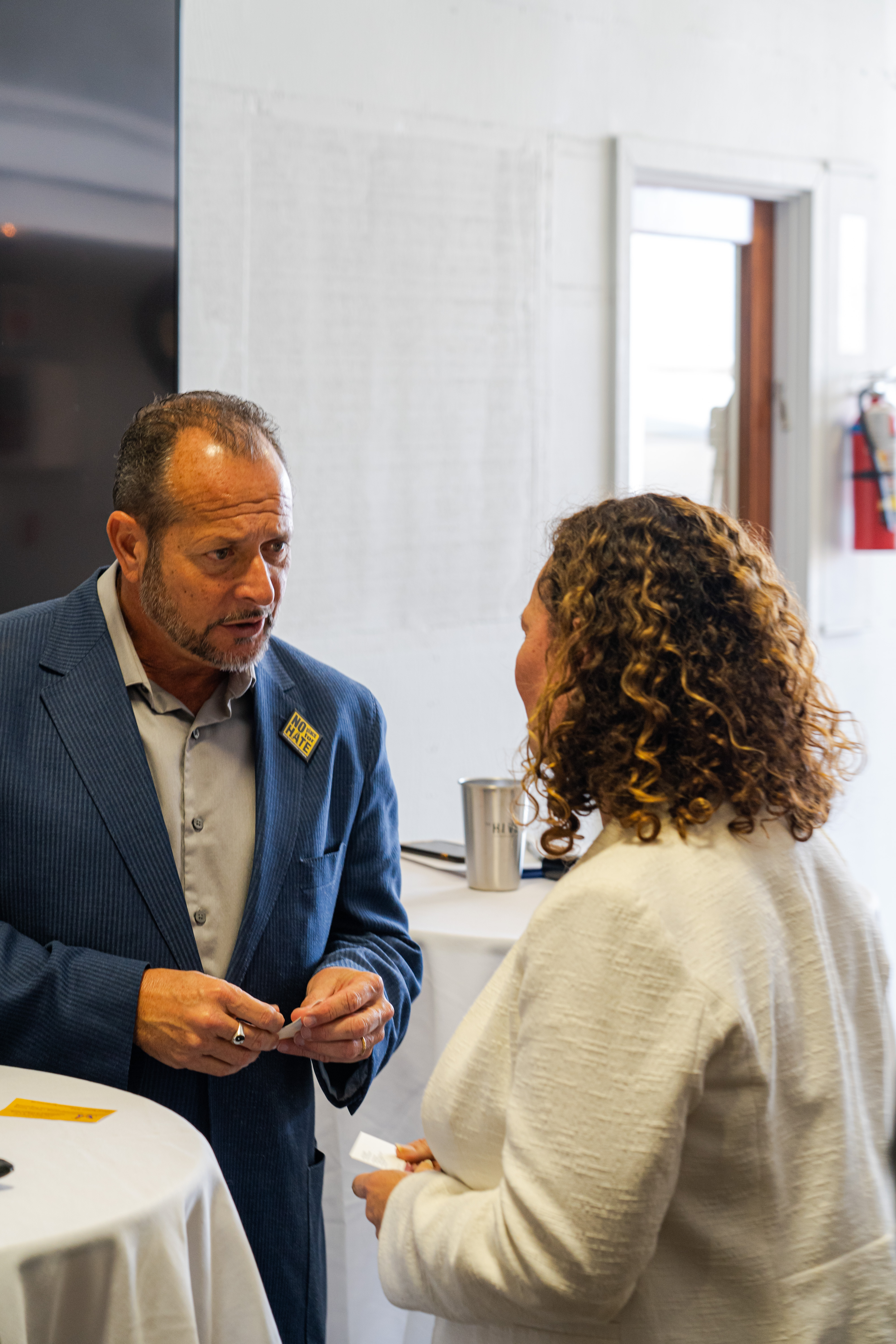Meet the Funders: Financial Institutions
The thought of approaching a financial institution for a grant may be daunting, but some wonderful local organizations are eager to offer tips to help you navigate the process, and foster positive systemic change in San Diego.
On Wednesday, October 30, The Hive at Leichtag Commons hosted a panel conversation with Neville Billimoria of Mission Federal Credit Union, Maria Chan of City National Bank, Rockette Ewell of U.S. Bank, JR Raines of MUFG Union Bank Foundation, and Krista Torquato of Bank of America, facilitated by the Leichtag Foundation’s Vice President of Philanthropy & Organizational Development, Sharyn Goodson. We took their knowledge and compiled a roadmap for working with our local financial institutions within your development plan!
Specify How You Fit Guidelines
It’s easy to imagine ourselves in the guidelines of any grant opportunity, but can these institutions easily visualize how our organizations fit within in them?
- Rockette suggests reading funding guidelines from the standpoint of “What’s most important for this funder?” and identifying the big connecting theme within their guidelines. If equity is the through line of a financial institution’s funding priorities, then really flesh out how your organization addresses that in all areas of your programmatic work.
- Grant applications should speak to the interests of the funder. Much like tailoring a resume to a new job posting, proposals should not be “one size fits all.” JR provided an example: He was able to work with a grantee of MUFG Union Bank Foundation that’s normally under the Arts & Culture funding strategy, and help the organization obtain additional funding for its program engaging youth in underserved neighborhoods by specifically addressing how the work also fits under the bank’s Economic Development funding strategy.
Make Yourself Visible
This step might seem obvious: invite those who manage grants to your events or organization and continually build a relationship with them. Realistically, funders will not be able to attend every event that you host. However, even extending invites to an event, site visit, or community gathering offer glimpses into your organization’s work. Funders would otherwise be unaware of the breadth of work you do to serve the community.
- Maria notes that not all banks have a dedicated person tasked with awarding grants. Instead, they encourage their employees to volunteer, and often source new organizations to support through their employees’ passion projects. Turning a volunteer into an advocate for your organization through their workplace will improve your chances of accessing corporate funders.
- Neville reiterates that it’s crucial to be specific with what you’re looking for from potential funders, as well as being specific with what you’re fulfilling for them.
- Think beyond transactional encounters. You want to be among the first organizations that funders think of, and that demands consistency. Prove that they belong as a funder of yours just as you belong as their grantee. The key to all of this is building a relationship over the long term with your current funders and potential funders.
Challenge What Funders’ Involvement Looks Like
Maybe your partnerships do not always come in the form of a grant. Think about how else these institutions can participate in your organization.
- It’s one thing to recognize a financial institution’s name, it’s another to associate them with the social impact that your organization fosters in the community. In an exchange for a sponsorship, you’re increasing their brand recognition, which builds more trust among the community. The value you’re providing is unique to your organization and story.
- This partnership also gives you visibility among a bank’s customer base, an audience that foundations do not have.
- Neville suggests thinking about the type of capital your organization needs. Is it economic or social? You might want to leverage thought-leadership with an advisory role or obtain a sponsorship that is more public than a grant would allow. Support comes in many forms in addition to grants, including board or committee service, providing invaluable advice, volunteer work, etc.
Final Takeaways
We learned that there are a variety of ways that financial institutions can support your organization, but accessing them requires a much different approach than accessing private, community, or family foundation resources. When seeking support from a bank, highlight how your partnership would be unique, something that only the two of you can do together. If you design a strategy that has returns for you both, you’re better positioned to have a sustained funding relationship.


